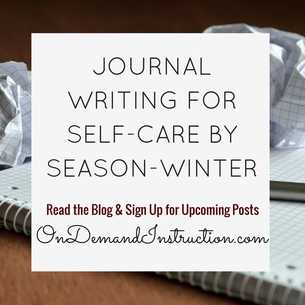
Winter is the season of extraordinary change. The first day of winter is the shortest day of the year and each of the coming days are longer than the ones before. During the winter, we experience the seasonal shifts of the earth’s cycles as water freezes, snow builds up, and daylight creeps across fields of frozen crystals to nudge us into a new year.
Winter provides an incredible opportunity for reading deeply, journaling about our thoughts, and reflecting on the year just passed. While book journaling, we can create a healthy outlet for engaging with the changing seasons as we let go of the earthy colors of fall and move into the white, silver, and evergreen in the promises of winter. Book journaling encourages lovers of the written world a creative outlet for appreciating books that help us to let go of that which is past and hold fast to the dreams of the year to come. As we journal about our reading, we create a collection of writing that allows us to process without the scrutiny of public distribution. Unlike blogging, article writing, or professional work, book journaling encourages readers to reflect on the improvements gained by reading good literature in a series of reflections and a collection of thoughts from the reading process. Attributes of Winter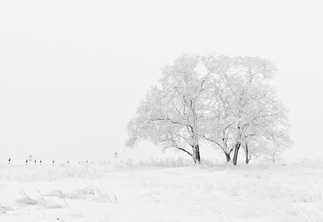
Winter is a time of promise, of forgiveness, or new beginnings, and of enlightenment. In winter, we come into alignment with the earth’s cycles and connect our own changes to the movements happening all around us.
Winter is about letting go of the old, the outdated, and the useless. Whatever we have been holding onto that no longer suits us can be released during winter without fear or concern. We can discharge our bad habits, throw out the caution that held us back, and toss away the baggage—figurative and literal—that we have been so determined to lug about. Winter is a time for rejuvenation. In winter, we go into hibernation, we pull up the blankets, we put another log on the fire, we slow down to write letters by hand, and we cook real food slowly and thoughtfully. In winter, we get an amazing opportunity to restore our spirits and create a balance that may have been out of order. We evaluate the tally sheet of our lives to determine where we exceeded our expectations and where we fell short of living the lives we intended. We look closely at ourselves, breathe deeply as we consider where we have been and where we are going, and wonder what magic we might bring into our lives. Winter is for Starting Over 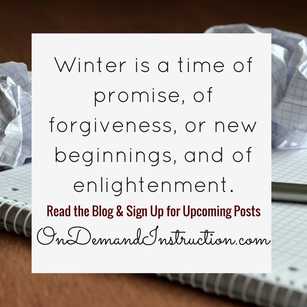
Many cultures believe that winter brings about the end of one year and the beginning of the next. The ancient Scandinavians created many of the winter traditions that we celebrate still today to mark the completion of the season and the starting of the new one.
By bringing evergreen indoors, our ancestors were reminded that even green life can survive the harshness of winter. By burning the yule log and letting go of their bad habits and setting their goals for the new year, they affirmed the ending of one cycle and the beginning of the next one. By bringing together family and friends for holiday feasts, they marked the passing of the year with those they held dearest. Winter is a time that suits the release of the old and the acceptance of the new in alignment with the natural world’s movements as the days reach their shortest and shift again to the light as the days become longer. Winter Book Choices 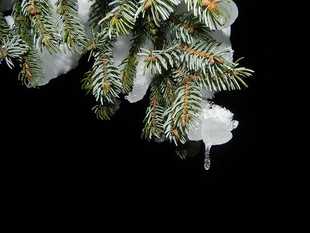
Winter certainly lends itself to a balance between reading good literature and journal writing. The cold months bring people indoors where sitting by a warm fire enjoying a cup of tea and a book is the order of the day. Yes, getting outside for a snow shoe hike can be invigorating, but cozying up with a journal can revive the spirit from the inside out. The books listed below are just a few to consider reading and journaling about in your journal writing practices this winter.
Jane Eyre by Charlotte Bronte I don’t think my blood boiled as hot before I first read Jane Eyre. Talk about a woman who has to learn to live and let live. Jane is a spectacularly strong woman who is faced with neglect and abuse around every corner. Though her losses pile into mounds, she continues forward in a dark and unsympathetic England to sustain herself and eventually thrive. Never Cry Wolf by Farley Mowat Never Cry Wolf is a nonfiction chronicle of an arctic scientist who travels to the great white north to study the wolves. What he expects to find are savage beasts bent of murderous destruction but what we finds are close familiar ties, community bonds, and a lovely cycle of nature in balance. The Wind-Up Bird Chronicles by Haruki Murakami As Toru Okada searches for his wife’s missing cat, he falls into an underworld of bizarre characters as he continues his search. Revealed within the dialogue and descriptions are snippets of social commentary that enliven the plot. The Miniaturist by Jessie Burton Unlimited wealth, suppressive religion, and a frigid, mysterious setting in Amsterdam. Newlywed Nella Oortman moves to the city to begin her new life in a cold winter country. Nella’s miniature house with fully-operational details reveal to her the secrets and dangers of life around her. Legend by Marie Lu During the civil war, two warring nations of North America threaten perpetual war and poverty. After protagonist June’s brother is murdered and she becomes the prime suspect, she seeks revenge and teams up with Day, a slum-kid and hunted criminal. The two uncover the truth that neither of them expected. The Collected Poems by Audre Lorde Over 300 poems grace these pages. This collection includes powerful poetry that documents the state of affairs and move the soul with genius. Hans Brinker or the Silver Skates by Mary Mapes Dodge I first read the classic winter tale in second grade. In fact, I bought a used copy at a garage sale and carried it in my book collection for years. The magical tale is sweet and poignant and heartwarming as the Brinker children struggle to ensure their family’s survival. Hans Brinker is the boy we should emulate—courageous yet kind. The Fish Can Sing by Halldor Laxness What would a winter book list be without at least one Icelandic writer included? Halldor Laxness won the Nobel just two years before publishing this series of vignettes that tell the story of Álfgrímur, an orphan living near Reykjavik. The stories enlighten the reader on the eccentric folk of Iceland and their bygone customs while sharing a heartening tale of a boy finding his voice. Giovanni’s Room by James Baldwin The events of David’s life as a gay American man living in Paris in the 1950s reveal with empathy the frustrations, challenges, and trials of homosexuality. Poverty, loss, pain, and even murder are sprinkled throughout the novel. This Cold Heaven: Seven Seasons in Greenland by Gretel Ehrlich To balance out this book list, we need a couple of nonfiction pieces. This Cold Heaven chronicles the travel, history, and culture of Greenland that few will ever see or experience. The book is an exciting tale and moment’s gracious look at life in the frozen world of ice and solitude. The Little Book of Hygge by Meik Wiking Have you ever wondered how the Scandinavians survive their frigid winters and are still the happiest people on Earth? Hygge just may be the answer. Hygge loosely translates to coziness and is created by the Danes as a way of winter life. Hot cocoa, candlelight dinners, reading books aloud and writing poetry are all a part of the hygge life. For some people, the winter can bring about doldrums, dark days and frozen hearts. But the short days and long nights do not have to freeze our hearts; we can book journal and improve our spirits, engage our minds, and invigorate our creativity through the darkness. A cloudy sky does not need to mean a cloudy mind. Grab a good book for winter and begin reading and journaling about it and hot it transforms your winter months. Related Blog Posts
Like many, I tend to think of journal writing as personal writing with a singular audience. The process of writing to, of, and by oneself has the potential to break a feedback loop that causes everything from self-doubt to depression. When we write to ourselves, we tend to sort ourselves out. We tend to become better organized and clarify our goals and intentions. We tend to right our ships regardless of the waters we sail.
But does journal writing have to be kept to ourselves? Nope. There is no law of the universe that states that journal writing must be published only with oneself. We can devise opportunities to share our personal writing with others; it is just a matter of figuring out how to do that in a way that is useful to the larger audience. The holidays can allow for opportunities to share personal journaling with family and friends much more natural than sending an out-of-the-blue message of shared material. OK, so how might writers share journal writing with others? 
A Holiday Newsletter
If you think back to the days prior to social media, people used to depend on email for sharing information. Back then, we forwarded chain letters, jokes, and funny pictures to our friends and family as a pastime; in those days, the wonder of the internet allowed us to communicate directly, specifically. We chose who would receive our messages and opted not to share with the entire world but with a select few. We could control our communication in this way which allowed us a safer venue for sharing. A popular custom was the holiday newsletter. Writers would pen newsletters that included updates on the kids’ activities, accomplishments for the year, trips taken, books read, events attended, and news shared. Some writers are reviving this not-so-ancient practice by creating their own newsletters to share once more with Tiny Newsletters. A Tiny Newsletter can be a creative outlet for journal writing that allows writers a comfortable means for sharing creative writing, reflections, and expectations for the year to come in a way that is fun for the readers. Many programs are available for this format: tinynewsletter.com allows writers to create newsletters that family and friends can sign up to receive; think of this as a controlled blog where subscribers are known friends rather than strangers on the ‘net. If the Tiny Newsletter feels too open like an opportunity for vulnerability, consider creating a newsletter using Google Docs, MS Publisher, or plain old Word to create a newsletter that can be attached to an email. Insert photos, scanned drawings, and decorations to dress up the words on the page. 
Year-End Poetry and Creative Writing
A few years ago, my heart began aching for a typewriter. I picked up a 60s vintage turquoise beauty off of Craigslist to satiate my cravings for typing keys that actually slammed hammers against real paper. I quickly remembered that my typing fingers had to slow down when tickling the typewriter’s keys to avoid a traffic pile up of stuck hammers. But, the joy that I was able to recapture was the beauty of letters punched onto the page, because typed pages have texture, depth, and variation to them that printed pages never will attain. After my children hijacked my typewriter (as was inevitable), we started to type our poetry and stories together. These little beauties made their way to an end-of-year creativity journal that we shared with family in lieu of Christmas cards last year. We typed up a short introduction and wrote two creative pieces each. We typed up each piece separately and shipped them off to a select few friends as a unique gift. Creating a midwinter’s creativity journal can be an absolute delight to create and to receive; it allows for an innovative outlet for journal writing that may otherwise go without an audience.
Shared Ideas Letter
A shared ideas letter forces a reaction from its readers, instigating a conversation rather than just a single person sharing out. I create a shared ideas letter and distribute it to my creative friends as a means for building support for my creative projects. I will list off the projects that I plan to take on and ask friends to agree to help me achieve these goals throughout the year. For example, I sloppily attend a monthly writer’s workshop not far from my house, but I need my friend Christy to remind me to get there. As well, I am working my way through a novel and need my writing partner Heather to meet me once a week for our critique group; she has a knack for finding my weaknesses and pointing out where I need to improve. My shared ideas letter is a series of descriptions of what I want to accomplish for the coming year—attending the writer’s workshops, completing my novel, publishing academic papers, and maintaining my blogging schedule. I describe each activity in my letter and ask friends to support me in these endeavors. The letter creates a bond between me and my creative compatriots, as it usually sparks their requests for support in their projects in return. We all start the new year knowing what goals we set and what help we need in achieving them. 
Yule Reflections
The ancient Scandinavians would send their strongest into the forest to find the biggest tree they could lop down and drag to the hall. They would decorate the yule log with winter berries, evergreen strands, and fragrant herbs before lighting it to burn for the next one to two weeks. Before they lit the yule log, they would scratch their bad habits onto bits of paper or wood and their hopes for the upcoming year into crevices in the wood. The burning would release the bad habits to be forgotten and ignite the hopes and dreams to come true in the upcoming year. The celebration was an affirmation of life, as winter solstice was one of the only times they would enjoy meat, mead, ale, and warmth. They turned the darkest days into their cheeriest. Today, we can do something similar by transforming our journal writing into a yule reflection to share with friends and family. Write up a one to two page letter that shares: what went well this year, what goals were met, what losses were felt, what grief was experienced, and what bad habits were released. Then continue with affirmations for the new year: what goals will you set, what plans do you have, what trips will you take, what purchases will you make, what creations will you craft, and what relationships will you rekindle. This yule reflection can be both therapeutic for yourself as the writer as well as inspirational for the friends who have the pleasure of reading it. The holiday season offers many opportunities to share journal writing with a larger audience—either in a small group of just a few individuals or a larger group of friends and family—it can challenge us to rework our journal writing in a way that can inspire, charm, and entertain others. Usually our journal writing we keep hidden, but there is no law of the universe that says we cannot share it for a special occasion. 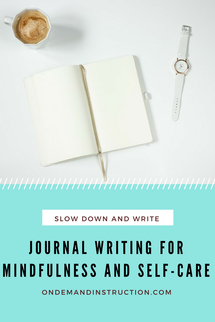
Is life sometimes overwhelming? Do the blues get you down? Today, people are more stressed out than ever before, but journal writing can help. Jumpstart your journal writing practice with this course, which is designed to help you establish a journal writing practice. Start onto the path of mindfulness and self-care in this journal writing course.
Related Blog Posts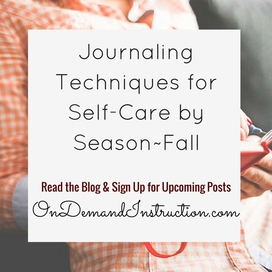
Fall is the season for letting go, moving on, and accepting change gracefully. During the fall, we experience the seasonal shifts of the earth’s cycles as leaves fall, temperatures drop, and the daylight wanes when the snowflakes sneak into our daily norm.
Fall provides an excellent season for journaling, reflecting, and reading more deeply than we may have during the warmer months. Book journaling creates a positive outlet for lovers of the written word to delve into the words on the page both in what we read and what we write. Book journaling gives writers, creatives, and entrepreneurs a creative process of reading and journaling for the writer’s personal benefit rather than as a platform for public distribution. Unlike blogging or writing for an academic or commercial audience, journaling allows writers to capture the reflective experiences of how reading improves us. A book journal for many people is a series of reflections on their reading and how they grow from the reading process. Attributes of Fall
|
About the SiteWelcome, Writers! Archives
September 2023
|
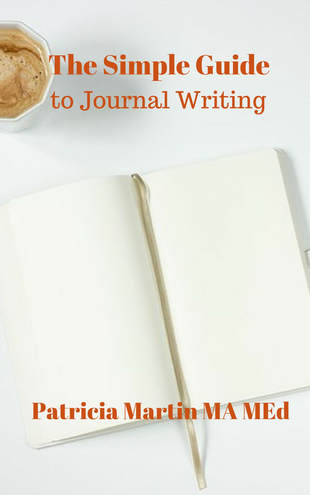
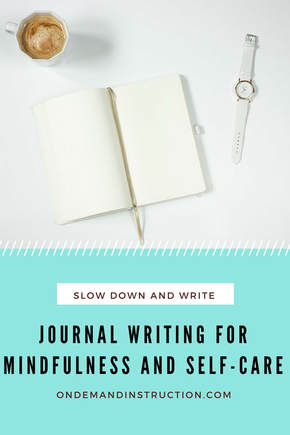



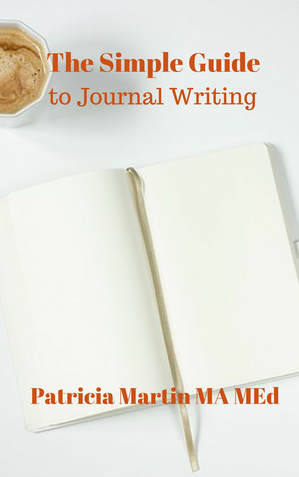


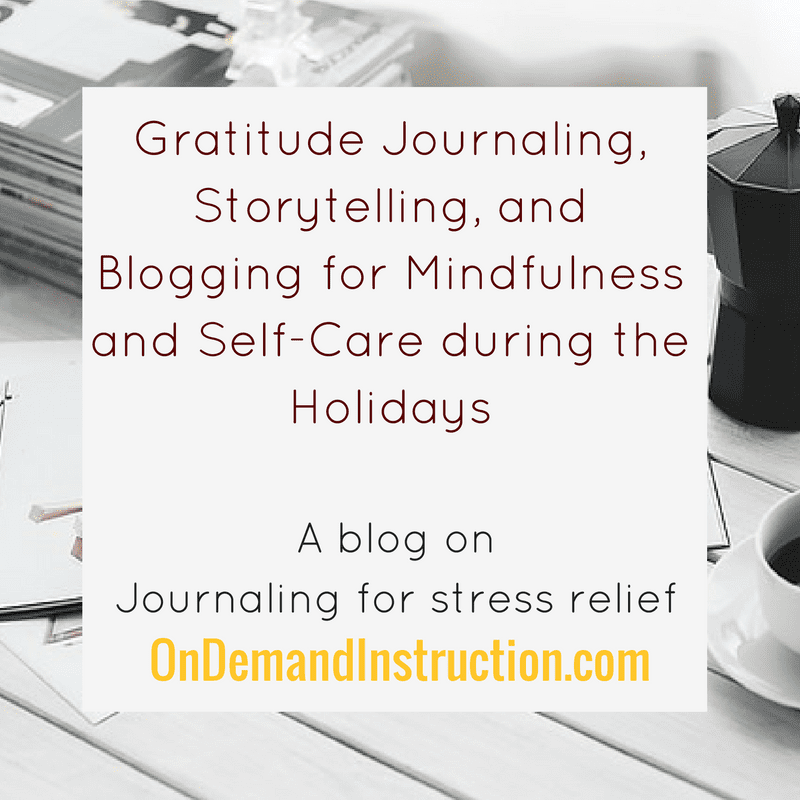


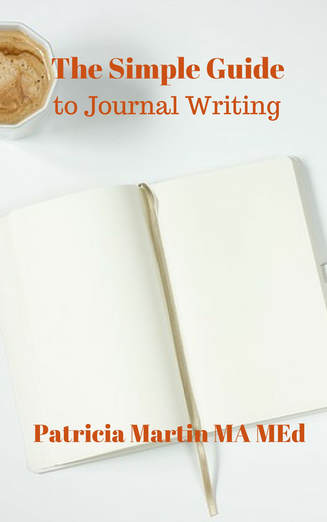
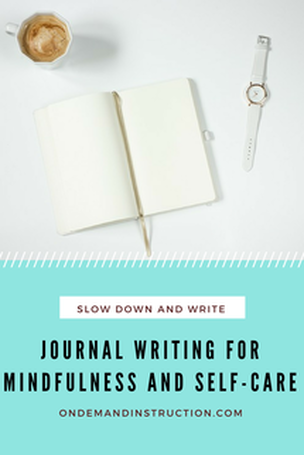



 RSS Feed
RSS Feed